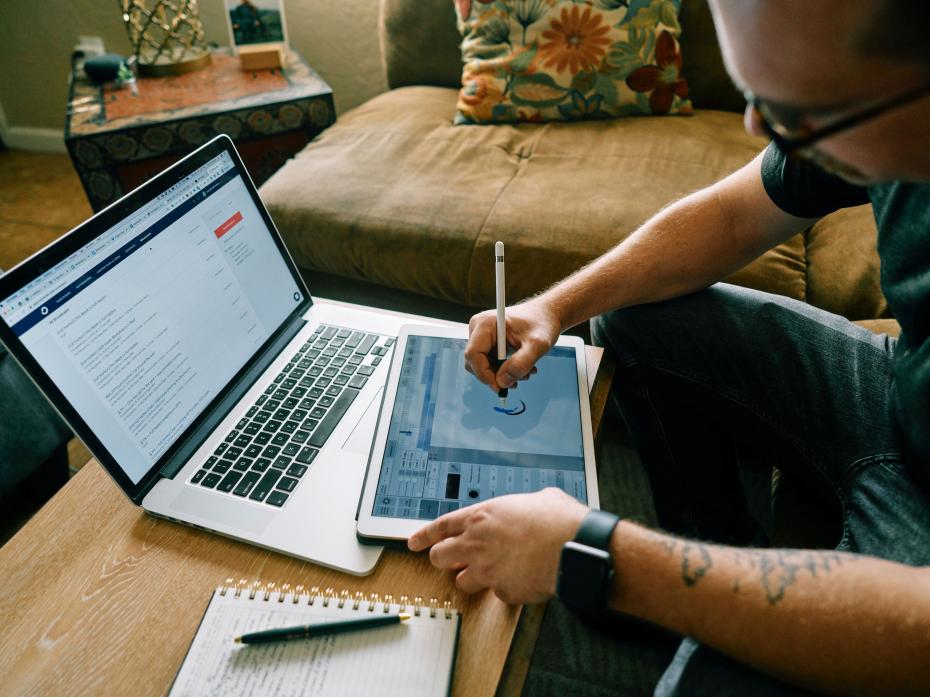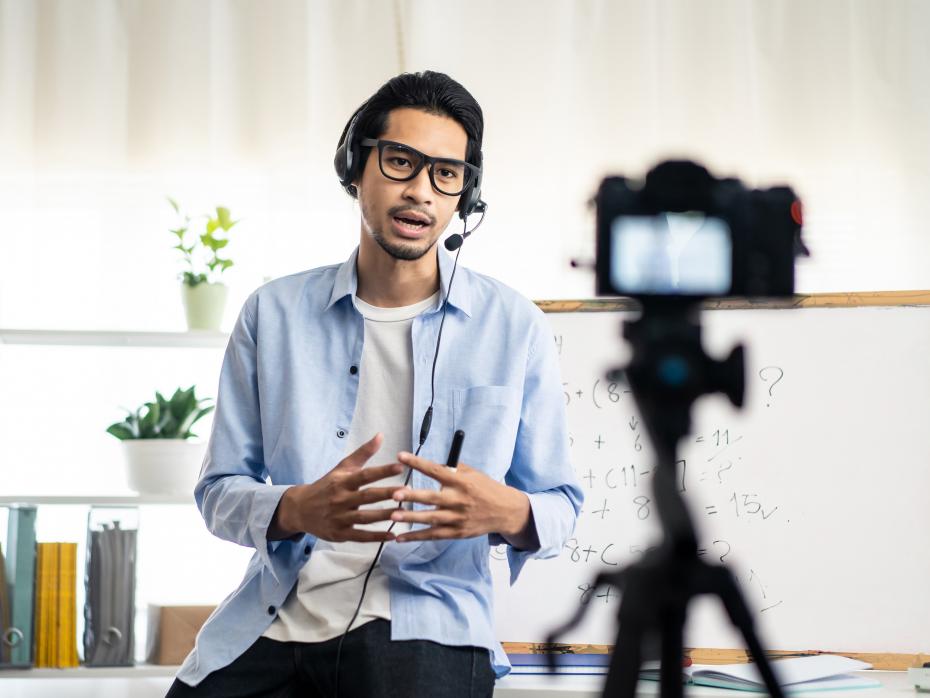Find out how to apply evidence-based practices to your online courses in this Q&A with instructional designer Nina Araujo, filmed as part of REMOTE, the connected faculty summit. The virtual event showcased best practice, techniques and tools in digital higher education. If you’re in a rush, browse the timeline below for the key topics covered and where in the video to find them.
01:57 What are evidence-based practices and why are they important in digital learning?
02:38 One key takeaway in using an evidence-based approach
04:47 Tips for faculty to engage in evidence-based practices to improve digital learning
06:40 Example of books or journals that faculty may want to look at to learn more about evidence-based practices
09:41 How might you go about collecting data in a way that helps you improve your teaching?
12:53 How can universities become more focused on collecting information across all disciplines to raise the quality of all the courses offered?
15:09 Are challenges with implementing good practice linked to certain types of courses or are the improvements common to all courses?
20:41 The importance of ensuring buy-in from all parties
21:48 To what extent should we involve the learners in collecting the information to develop evidence-based practices?
23:40 Is there research that suggests there’s an optimal number of students who should be enrolled? And is there such a thing as “tool overload” on a course?
This video was produced by REMOTE, the connected faculty summit, hosted by Arizona State University.




comment